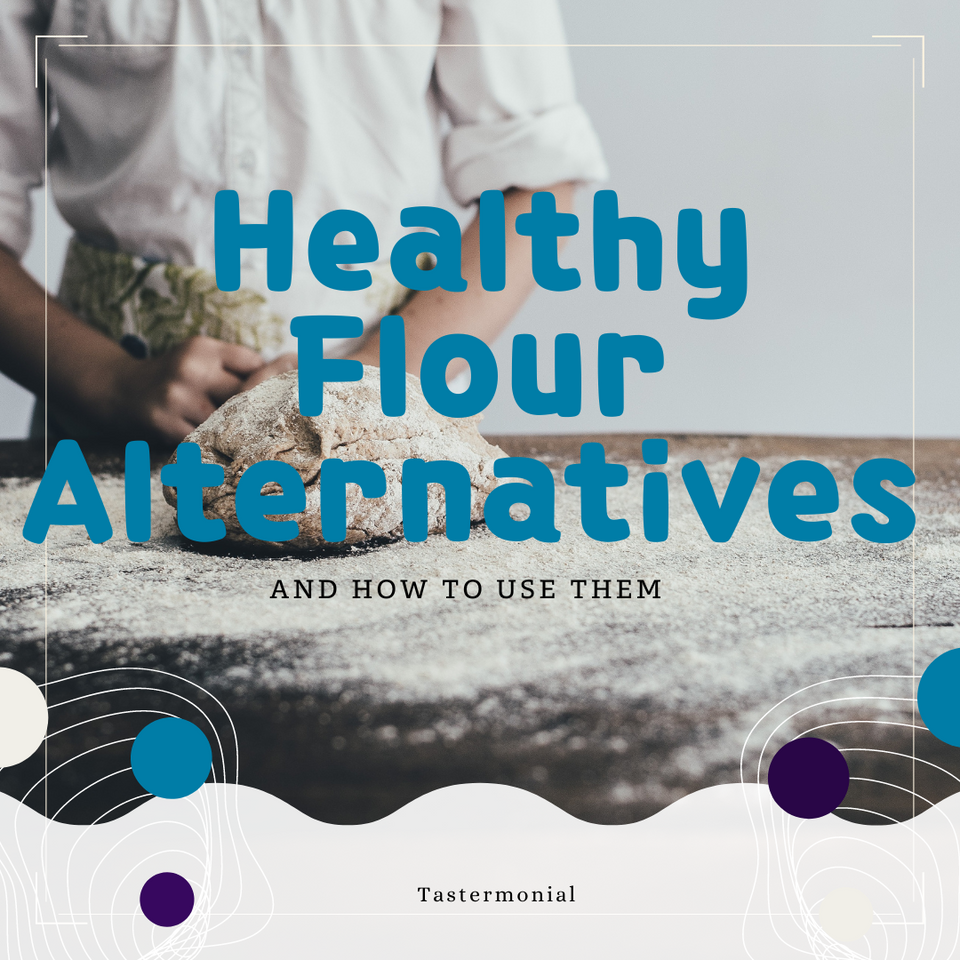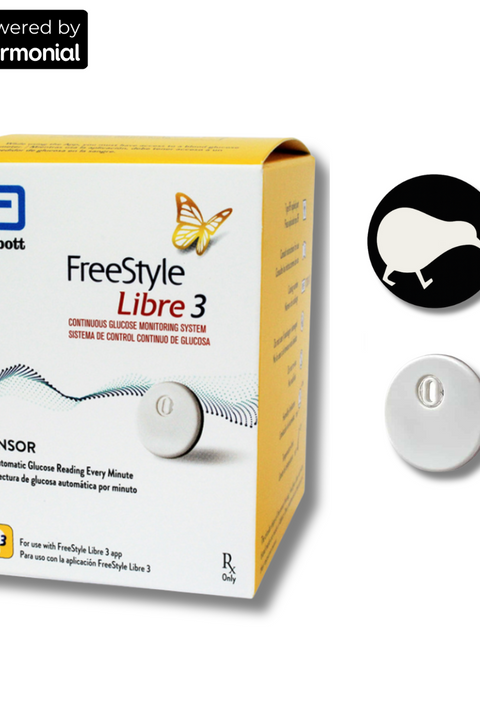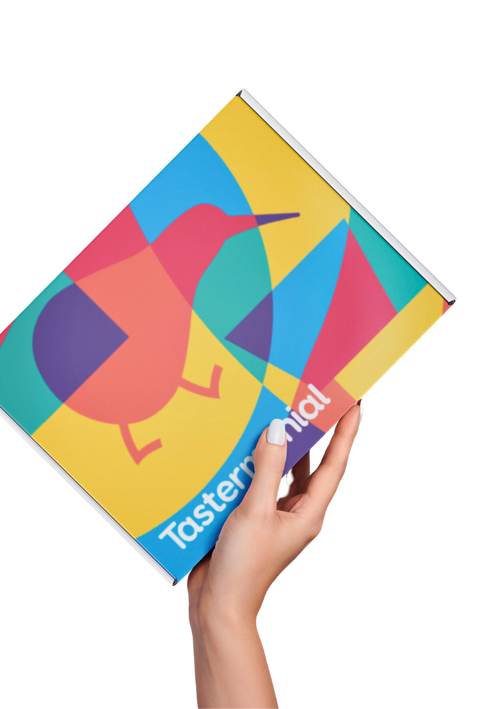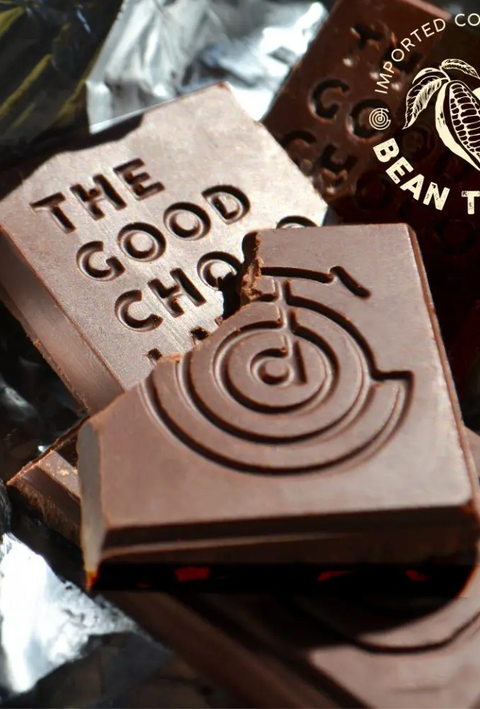Healthy Flour Alternatives + How to Use Them
Did you know eating processed foods can cause more premature deaths than tobacco smoke?
One of the “star” ingredients of processed foods is refined white flour. According to clinical nutritionist John Gitalis, “… refined white flour is completely stripped of its nutrient value, with virtually no vitamins, minerals, or fats to speak of.” Consumption of refined white flour is associated with health problems like obesity, diabetes, cardiovascular diseases, and more. Yet, refined white flour is found in every grocery store and countless foods because of its taste, texture, and affordability.
There are plenty of white flour alternatives that are just as effective and better for your health. Because of the different ingredients and manufacturing processes involved, white flour alternatives may require different measurements and tweaks when substituting. Here’s how you can easily swap refined white flour out in your recipes when cooking.
Almond Flour (gf)
Almond flour is one of the most common flour alternatives that you can find in the grocery store. It is gluten-free, low-carb, and made entirely from blanched almonds, almonds that are removed from their skin to ensure a finer texture. This makes a great alternative to refined white flour due to the health benefits of almonds.
Studies have shown that regular consumption of almonds can reduce levels of low-density lipoprotein cholesterol (LDL-C), also known as “bad cholesterol”, a known risk factor for heart disease and stroke. Studies have also shown that regular consumption of almonds can increase levels of high-density lipoprotein cholesterol (HDL-C), also known as “good cholesterol”, which can lower the risk of heart disease and stroke.
How to Use:
There are many variations in which you can use almond flour as a substitute. If you choose to fully replace conventional white flour for almond flour in a recipe, make sure to increase the amount of leavening agent (baking powder, baking soda) to combat the weight of the almond flour and decrease the addition of other liquid ingredients to combat the added moisture almond flour tends to retain.
Rule of Thumb:
- ¾ cup conventional flour = 1 ½ cup almond flour
Tips:
- Because almond flour is gluten-free, a good binding agent to use as a replacement is egg whites.
- Almond flour burns more easily than conventional flour. To prevent this, lightly cover your to-be-baked goods with foil.
Food for Thought:
Almond flour pairs well with cookies and brownies due to its coarseness and high fiber content. You can even use it in place of breadcrumbs!

Oat Flour (gf)
Unrefined oats are another example of a whole grain that is gluten-free, high in protein and high in fiber. Oat flour is one of the most versatile flour alternatives due to its mild taste and similar behavior to conventional white flour.
It is also super convenient and easy to make. If you are ever out of flour, just take some dried oats and blend them in a food processor or high speed blender. Voilà, you have made oat flour!
How to Use:
Oat flour can be substituted 1 to 1. It is so light and mild that it could be used in pancake mixes to create the airiness of pancakes that is oh-so-cherished.

Gluten-Free All Purpose Flour
One of the main reasons people opt out of using conventional white flour is due to gluten sensitivity. Gluten is found in wheat, rye, barley, and triticale (a blend of wheat and rye). Those with gluten sensitivities, or who choose to avoid gluten, cannot indulge in pastries, breads, pasta, and other wheat-based foods that use white flour.
Okara flour, made from the leftover pulp of soy production, is often combined with other gluten-free flours to produce a concoction that is just as versatile white flour. According to a 2008 study published in the Journal of Food Science, okara is 20% to 27% protein and 52% to 58% dietary fiber, making it a nutritious replacement.
How to Use:
Tastermonial’s pick for gluten-free all purpose flour is Renewal Mill’s 1-to-1 Gluten Free Baking Flour. This baking flour is okara based and upcycled. It can be used as a direct substitute for conventional all purpose flour, the name says it all.

Brown Rice Flour (gf)
Brown rice flour is usually found in gluten-free flour blends, such as the Renewal Mill 1-to-1 Gluten Free Baking Flour. It is considered a whole grain flour, where the rice contains its endosperm, germ, and bran prior to being ground into flour. Refined grains have the germ and bran removed, which also reduces its fiber content and nutritional value.
How to Use:
While brown rice flour cannot be used to substitute conventional white flour 1 to 1, it can be mixed with many different flours in order to do so. Because of its high fiber content and nuttiness, brown rice flour works best in dense and hearty baked goods such as bread, muffins, and cookies. As a rule of thumb, for every cup of white flour that is called for, you can substitute ¼ of it for brown rice flour.
If you are looking for a 100% gluten-free and refined flour-free mixture, here are some combinations you can make for flour substitute that can be matched 1 to 1:
- 4 cups conventional flour = ½ cup brown rice flour + 2 cups oat flour + 1 cup barley flour
- 2 cups conventional flour = 1 cup brown rice flour + 1 cup amaranth flour + ¼ cup arrowroot flour
- 2 cups conventional flour = 1 cup brown rice flour + 1 cup chickpea flour
Food for Thought:
Baked goods using brown rice flour, or any gluten-free flour, are prone to be crumbly. To combat this, make sure to incorporate a thickening agent, extra oil or extra eggs. For a plant-based substitute, you can use flax eggs, bananas, or any of the thickeners mentioned below.
Healthy and Plant-Based Thickeners:

Whole Wheat Flour
In contrast to refined white flour, whole wheat flour is not stripped of nutrients and fiber. It is high in B vitamins, zinc, iron, and manganese, and exhibits the most similar culinary characteristics as conventional white flour!
How to Use:
While you can substitute whole wheat flour 1 to 1, the final product would be extremely dense. If you are looking to cut down your white flour consumption while maintaining the light texture and airiness of some of your favorite baked goods, we recommend substituting half of the flour the recipe calls for whole wheat and the other half with conventional white flour.
Food for Thought:
The creative liberty is all yours. If you prefer muffins and breads that are thick and chewy, you can substitute entirely with whole wheat flour. If that isn’t your cup of tea, you can try incorporating less. Feel free to play around with different combinations to see which texture you enjoy the most.
Learn more about substituting whole wheat flour here.

Other Flour Alternatives to Try
The healthy flour alternatives that were mentioned above are only the tip of the iceberg. There are so many different flours you can experiment with to meet your standards of nutrition and taste. Here are a couple that you can try:

Bottom Line
We are so fortunate to be living in a world where refined white flour isn’t the only option. While it is still the go-to ingredient in most processed foods and in bakeries or restaurants, you can do your body a favor by using healthy flour alternatives to make good-for-you baked goods that are just as delicious.
Check out Tastermonial’s gluten-free banana bread recipe for inspiration!
The post Healthy Flour Alternatives + How to Use Them appeared first on Tastermonial.



 This weekend, get baking with dad with this delicious…
This weekend, get baking with dad with this delicious…










